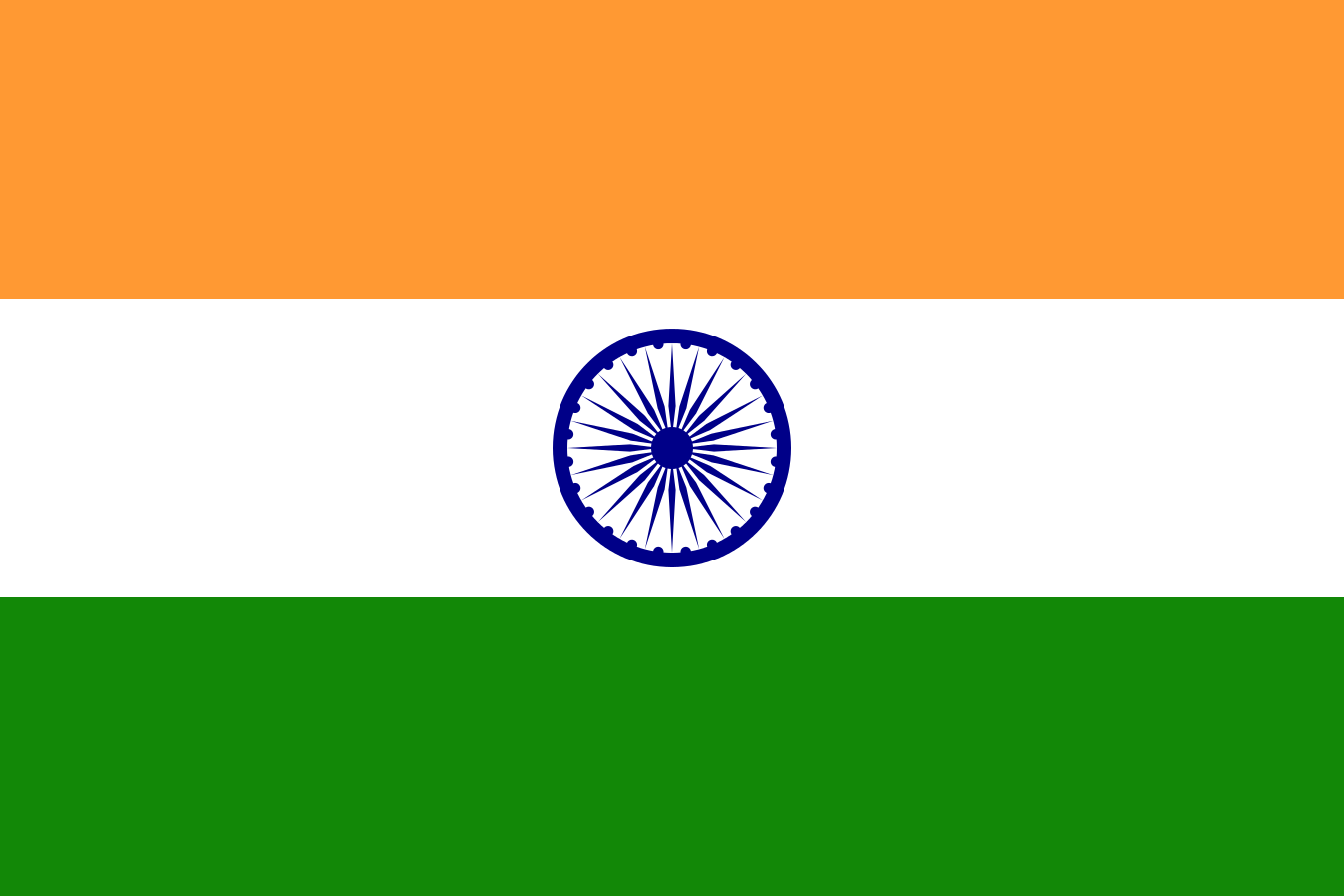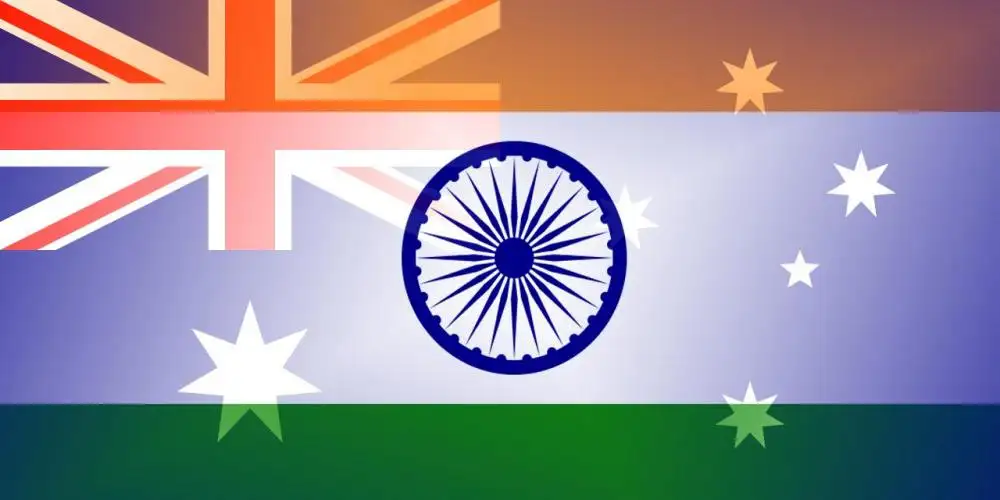How much does it really cost to live, work, or travel in ? Here's what to expect for daily expenses and expat living.
Currency Guide for India (IN)
For a traveler planning a one-week mid-range stay in India, budgeting around ₹35,000 to ₹50,000 (approximately $420 to $600) should offer a comfortable experience. This amount covers a range of activities and experiences. Here’s a breakdown of some typical daily expenses in Indian Rupees (₹):
- 🍽️ Meal at a local restaurant: ₹300 - ₹800
- 🚍 Public transport fare: ₹10 - ₹50
- 📶 Prepaid SIM card: ₹300 - ₹800
- 🏨 Budget hotel or Airbnb: ₹1,500 - ₹3,000 per night
Overall, India is generally considered a budget-friendly destination for travelers, especially when compared to countries like the United States and the UK. While dining and accommodation can be quite affordable, some tourist activities may add up. Traveler costs might be significantly lower in India, allowing for more activities on a tight budget compared to the average expenses in the U.S. and the UK, where costs are approximately 2-3 times higher for similar experiences.
Expat Living in India
Expats settling in India should budget around ₹40,000 to ₹80,000 per month to cover typical living costs adequately. This budget would include rent, utilities, groceries, transportation, and leisure activities. Here’s a general breakdown of monthly expenses in Indian Rupees:
- Rent for a one-bedroom apartment in the city center: ₹20,000 - ₹50,000
- Utilities: ₹1,500 - ₹3,000
- Groceries: ₹3,000 - ₹6,000
- Transportation: ₹2,000 - ₹4,000
When it comes to banking and financial transactions in India, it's advisable for expats to have a local bank account for everyday expenses. Credit and debit cards are widely accepted, although keeping some cash for small vendors is prudent. For sending and receiving money, services like Wise (formerly TransferWise) or OFX often provide better exchange rates and lower fees than traditional banks. While exchanging cash locally is convenient, online transfer services can offer significant savings, making them a preferable option for larger transactions or when settling down for an extended stay.



